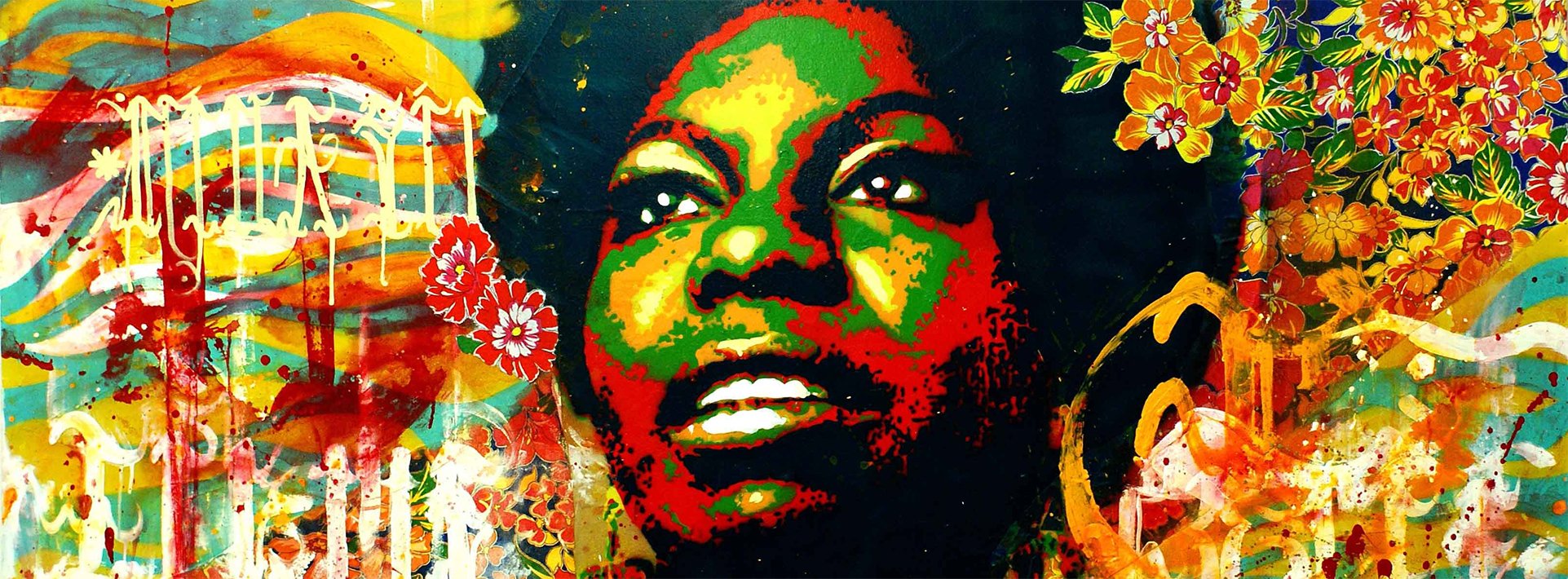70s Best Jazz-Funk
In its earliest incarnation during the mid-'60s, Jazz-Funk was an earthy amalgamation of jazz and funky Southern soul.
In that respect, it was fairly similar to soul-jazz, but where soul-jazz was often content to lay back in the groove, jazz-funk drove forward with a stronger, more pronounced backbeat, as well as a more explicit devotion to the Stax/Volt brand of soul music (sometimes reflected in cover versions of popular soul hits).
Many early Jazz-Funk artists were organists, like Lonnie Smith, Reuben Wilson, Charles Earland, and Jack McDuff (some of whom crossed freely between jazz-funk and soul-jazz); other key figures included saxophonist Eddie Harris and vibraphonist Roy Ayers. As the grittier strain of soul metamorphosed into funk during the early '70s, and as fusion helped make funk rhythms a compelling way for some hard boppers to reconnect with their African-American audience, the crucial R&B component of Jazz-Funk shifted with the times.
Artists like trumpeter Donald Byrd, flautist Bobbi Humphrey, and keyboardist Ronnie Foster crafted a sunny, breezy style by performing compositions which often simply resembled jazzy R&B, and drew from Philly soul as well as funk. Keyboardists like Herbie Hancock and Lonnie Liston Smith explored a spacier, more atmospheric brand of jazz-funk.
Fusion and Jazz-Funk shared many sensibilities during the early '70s, but it's important to realize that not all fusion was jazz-funk, and vice versa. Fusion could encompass a greater variety of moods and influences, whereas jazz-funk was always marked by its devotion to R&B, and maintained the upbeat, celebratory vibe of funk. Just as funk was eventually smoothed out into disco, jazz-funk melted into the smoother, more polished brand of crossover-oriented fusion that dominated the popular, more accessible side of jazz during the '80s and '90s.
Because of its emphasis on danceable, funky grooves, jazz-funk became highly popular in the British underground music scene (where it was known as "rare groove") when it was rediscovered during the mid- to late '80s; an update version mixed with funk and hip-hop became known as acid jazz. For similar reasons, jazz-funk was also the style to which many American hip-hop artists turned when looking for ways to fuse jazz and rap; Roy Ayers, in particular, enjoyed a renaissance and reappraisal in both scenes. Plus, artists like Medeski, Martin & Wood helped revive the classic jazz-funk sound and bring it to newer, wider audiences in the '90s.
— in allmusic.com
Highlights:
Lonnie Liston Smith & The Cosmic Echoes, ‘Expansions’
Expansions is an album by keyboardist Lonnie Liston Smith. ‘The music on Expansions is timeless soul-jazz, perfect in every era. Of all the fusion records of this type released in the mid-'70s, Expansions provided smoother jazzers and electronica's sampling wizards with more material that Smith could ever have anticipated’.
(allmusic.com)
Azymuth, ‘Manhã’
Azymuth was born out of the bossa nova and jazz scenes in Rio de Janeiro in the 1960’s. In 1975 the band released their 1st full-length self-titled LP for Som Livre. ‘Agua Nao Come Mosca’ came in 1977 and was also released outside Brazil – in the USA and Japan. In 1979 they released ‘Light As A Feather’ for legendary US jazz label Milestone – it became one of the best-selling records of the year and features the all-time classic disco/fusion dancer ‘Jazz Carnival’.
Bobbi Humphrey, ‘Harlem River Drive’
Blacks and Blues is the third studio album by American jazz flutist Bobbi Humphrey. The album was recorded in 1973 and released on the Blue Note label. ‘The album is an utterly delightful jazz-funk classic that helped make her a sensation at Montreux... Overall, the album's cumulative effect is like a soft summer breeze, perfect for beaches, barbecues, and cruising with the top down’.
(allmusic.com)
Donald Byrd, ‘Dominoes’
Places and Spaces is an album by American trumpeter Donald Byrd, that was released on Blue Note in 1975. ‘Boasting sweeping string arrangements, sultry rhythm guitars, rubbery bass, murmuring flügelhorns, and punchy horn charts, the music falls halfway between the cinematic neo-funk of Street Lady and the proto-disco soul of Earth, Wind & Fire’.
(allmusic.com)
TRACKLIST
Manhã - Azymuth // Azymuth . 1975
Uno Esta - Bobbi Humphrey // Fancy Dancer . 1975
Sounds From The Village - Phil Ranelin // Vibes From The Tribe . 1976
Harlem River Drive - Bobbi Humphrey // Blacks And Blues . 1974
Welcome New Warmth - Michel Sardaby // Gail . 1975
Dominoes - Donald Byrd // Places And Spaces . 1975
Tell Me What To Do - Johnny “Hammond” Smith // Gears . 1975
Root Down (And Get It) - Jimmy Smith // Root Down (Live) . 1972
Sweet Power Of Your Embrace - James Mason // Rhythm Of Life . 1977
The Bottle - Gil Scott-Heron & Brian Jackson // Winter In America . 1974
Expansions - Lonnie Liston Smith & The Cosmic Echoes // Expansions . 1975
Bonus track
Funkier Than A Mosquito’s Tweeter - Nina Simone // Is It Finished . 1974





